
How to Choose a Projector for Your Home Theatre

Not sure how to choose a home theatre projector? It is important to choose one of the basic projector technologies (DLC, LCD or LED), the resolution suitable for your room and sufficient contrast of the projector. Does this not ring a bell? No problem, you find out everything you need to know in this article, as it discusses the advantages of each technology, explains technical parameters and summarises the most important points in a clear way.

- Why get a film projector
- How to choose the right technology
- DLP technology is suitable for games and 3D projections
- LCD projectors are perfect for lighter rooms
- LED projectors boast a longer service life
- LCoS technology excels in colour quality
- Hybrid projector surprises with its unexpected versatility
- Highest resolution available
- Short-throw projectors are sufficient for your home
- Select the projector luminous flux according to the room
- For contrast, take manufacturers' data with a grain of salt
- How to choose then?
Why get a film projector
Today's TVs can play movies and games in such high quality that projectors and screen projection may seem like a relic to some. And yet, there are many people who haven't given up on projectors and are willing to invest quite a lot of money in them.
Such "projector enthusiasts" are usually motivated by two things: even the largest diagonal TVs are not enough for them, so they prefer the big screen or they simply enjoy the atmosphere. Projecting films or photos on the screen creates unique moments – especially when one is with their family or friends.
These users can be considered true connoisseurs: they are viewers who don't just kill the time at the weekend or in the evening by watching movies and playing games. These viewers or gamers want to enjoy every second of their viewing of gaming experience. With a projector, it's simply about enjoyment, which is matched by everything – including the money spent.
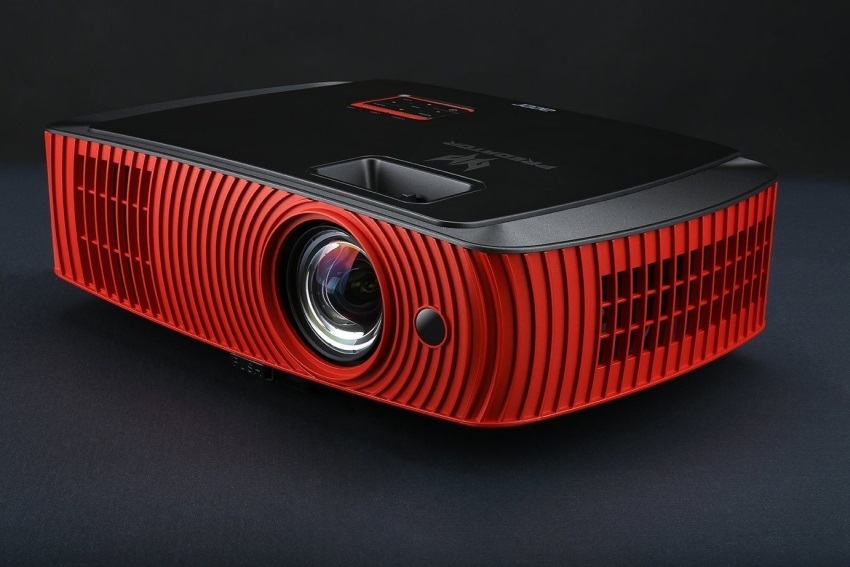
Would you like to become one of these connoisseurs? Here is some advice on how to choose the right projector for you.
How to choose the right technology
The first thing we'll start with are the basic projector technologies. As you'll see, each technology has its own operating principle, which has its own strengths and weaknesses, and this can determine which technology is ideal for casual use and which is suitable for gaming. However, when you know what purpose and conditions you're buying a projector for, you'll find your most suitable technology quickly and easily.
DLP technology is suitable for games and 3D projections
The first technology we will discuss is DLP. Its principle of operation is as follows: the basic light beam is produced by a projection lamp. The beam from the lamp passes through a rapidly spinning colour wheel, then passes through a lens and is reflected by a chip with microscopic mirrors, i.e. a DMD chip. The resulting beam is then sent through the lens directly onto the screen.
DLP projectors have a number of advantages: thanks to the previously mentioned spinning wheel, the projection develops a high speed and therefore a high frame rate. The image is thus smooth and without the slightest tearing.
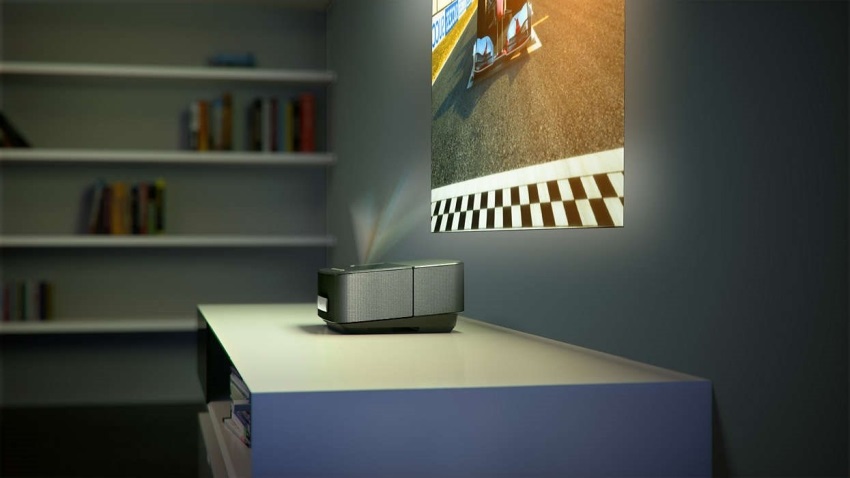
What's more, you can actively influence the image quality by purchasing a projector with more powerful optics that guarantee a sharper image. These advantages make DLP projectors ideal not only for watching movies, but also for 3D projections and gaming.
Another advantage is that, with the exception of the rainbow effect, DLP technology has almost no weaknesses.
This is a phenomenon which causes the viewer to see streaks of colour in the video, which seriously interferes with their viewing experience. Fortunately, the rainbow effect is only perceived by a small part of the population, and each individual may perceive it differently: some are unable to look at the image at all, some perceive the rainbow effect but are not bothered by it, others may not perceive it at all.
Whether or not the viewer registers the rainbow effect may also be affected by eye fatigue or general tiredness.
See what the rainbow effect looks like in this video.
LCD projectors are perfect for lighter rooms
Another common projector technology is LCD. Like DLP, the principle of LCD projectors starts with the projection lamp that creates the beam. This is then scattered in polarising filters and each of the three beams is driven through its own LCD panel. Each beam „receives“ its basic colour (red, blue, green) and the coloured beams are then directed to the optical prism, where all three beams are again combined into one, which then travels through the lens onto the screen.
The main advantage of this technology is the steady image: unlike a DLP projector, an LCD projector has no moving parts and the visuals are therefore not disturbed by vibrations. On average, LCD projectors also have a higher luminous flux (colloquially also luminance) and are therefore suitable for brighter rooms. Compared to DLP projectors, there is also no risk of the rainbow effect.
As for the negatives, LCD projectors do not have the sharpness of the visuals compared to DLP, which is due to the LCD panels, as the beam is fragmented and then joined together again.

Compared to DLP technology with a colour wheel, the LCD beam does not have the same speed, so LCD projectors are not as suitable for gaming and 3D projection. LCD panels also age after a few years and the colours on the screen become paler.
Another disadvantage is that the optical unit in LCD projectors is not sealed: it must therefore be cleaned of dust regularly and is not recommended for smoky or dusty rooms.
LED projectors boast a longer service life
The principle of LCD is also used in LED projectors, but with the difference that the beam source is an LED diode. This has a great advantage over the projection lamp, as it lasts twenty to thirty thousand hours, which is three to five times longer than the projection lamp in DLP and LCD projectors (projection lamps or diodes can be replaced in all projectors). The diode is also associated with lower energy consumption
Another advantage is the so-called Helmholtz-Kohlrausch effect. This is an optical illusion that makes the human eye perceive the image as brighter and more stable in terms of colour spectrum than it actually is (both in general and in comparison with DLP and LCD projectors). The Helmholtz-Kohlrausch effect can only be found in LED technologies.
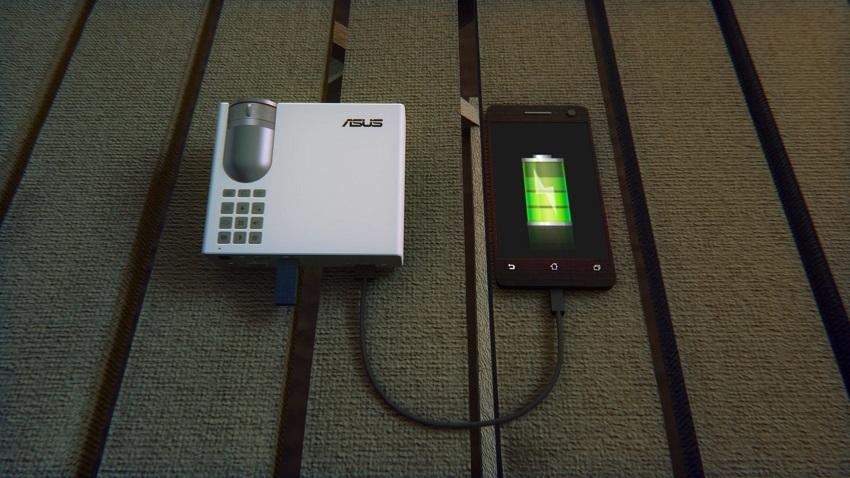
A general disadvantage of LED projectors is the lower luminance of the cheaper models. However, if you are looking for a projector for the living room where you can dim the lights, this is not such an issue.
LCoS technology excels in colour quality
Another technology is LCoS. Each manufacturer uses their own terminology: Sony calls it SXRD, JVC calls it D-ILA. This technology, like LCD projectors, works on the principle of a lamp and three split beams per primary colour, but unlike LCD, the beams are reflected by special LCoS mirrors before being connected.
The biggest advantage of LcOS is the beautiful black and grey colour scheme, which other technologies absolutely cannot match. However, the other colours in this type of projector are also extremely impressive.
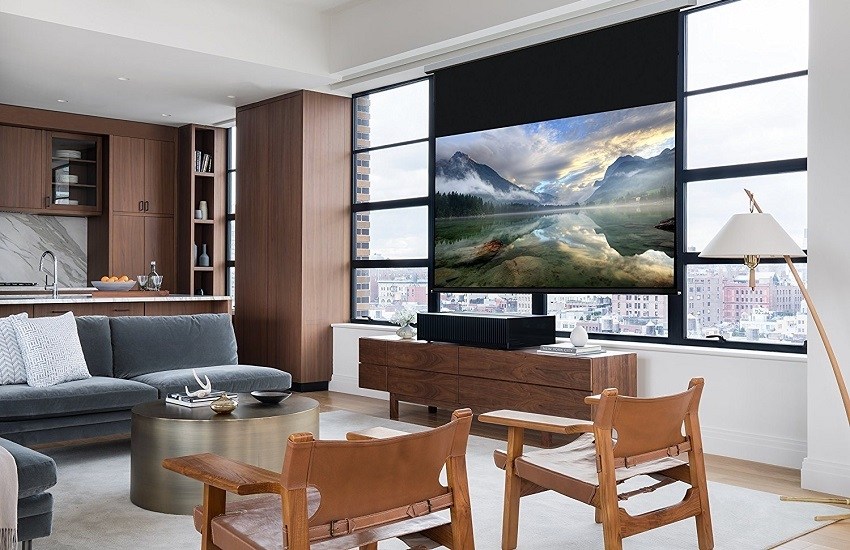
The disadvantage of LCoS is a certain slowness due to the complexity of the beam production. That leads to another disadvantage: these projectors are not really suitable for games and 3D projections. It should also be mentioned that LCoS technology is extremely expensive to produce, which logically reflects on the final price.
Hybrid projector surprises with its unexpected versatility
However, there are also different combinations of technologies, called hybrids. For example, a mix of LED projector and a laser. In this hybrid, the primary light source is a blue laser that travels to a phosphor panel, where it is converted into a green beam. The beam then travels together with the blue and red beams from the LEDs to the screen.
The advantage of this hybrid is a higher luminous flux than in a conventional LED projector. The downside is the poorer colour gamut, especially for green, which is due to the phosphor panel mentioned above.
Highest resolution available
If you want to turn your living room into a mini movie theatre, choose a projector with Full HD (1,080p) resolution if you're sitting 2 to 3 metres from the screen, or Ultra HD / 4K (2,160p) if you plan to have the screen 4 metres or more away from you./p>
If you want to watch 3D movies, you need to get a 3D projector and special projector 3D glasses.
How to Choose the Screen
Generally, the diagonal of the screen should be between half and four-fifths of the distance between you and the projection screen. Example: If you sit 2 meters from the screen, the diagonal should be 1 to 1.6 meters.
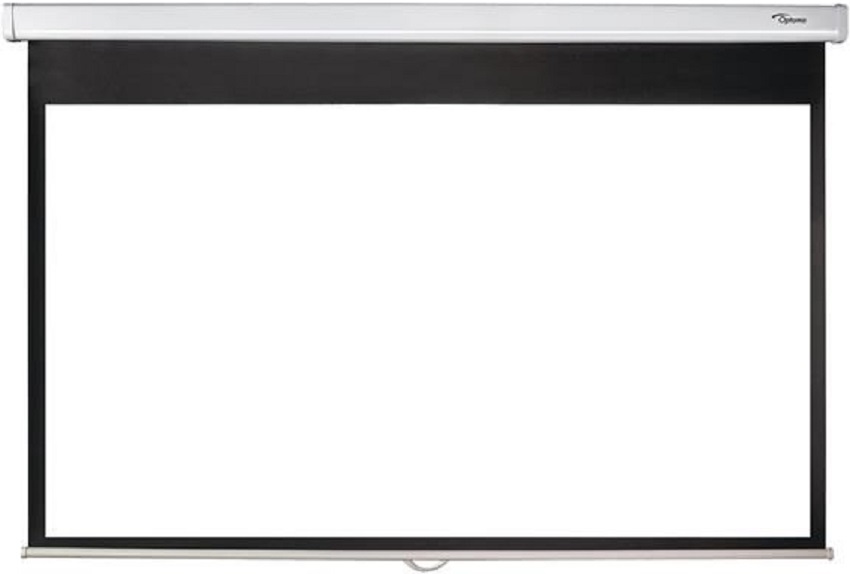
Short-throw projectors are sufficient for your home
For a normal sized living room, choose short-throw or ultra short-throw projectors. Other projectors don't make much sense for home use, as the image would be too big and blurry. Unless you have a really large living room and are sitting 7 metres or more away from the screen.
Make sure the projector's native resolution fits your screen size.
Select the projector luminous flux according to the room
Regarding the luminous flux, you need to consider the place where you want to use the projector. If it is a dimmed room, even 1,000 lumens should be enough. But if your living room is lighter or even bright during the day, you'll need 2,000 to 3,000 lumens to get the beam onto the screen.
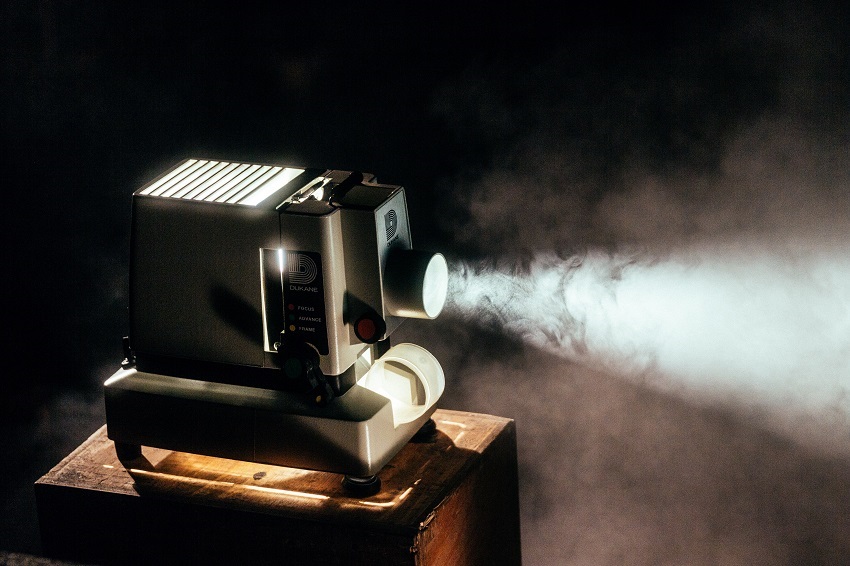
It should also be pointed out that in the basic parameters, manufacturers always state the maximum luminous flux value, which the projector can only reach in certain cases and for a very short period of time. When choosing a projector, take this into account and, if you have the option, choose a model with higher luminosity.
For contrast, take manufacturers' data with a grain of salt
The contrast value indicates the ratio between the lightest and darkest point. In general, the higher the number, the better the projector, as the blacks will be of better quality. However, the problem is that manufacturers often state inflated figures measured under specific conditions, which can be confusing. Therefore, do not take the figures too literally and always allow for a certain margin when choosing. You should definitely not go below 10,000:1 contrast for a home theatre projector.
Generally, DLP projectors feature better contrast than those with LCD technology. But the kings of contrast are LCoS projectors, that's for sure.
How to choose then?
We've given you the criteria for choosing a projector in detail. Let's briefly review all points to consider:
- The alpha and omega of choosing a projector is how you want to use the projector: if you just want to look at photos and watch movies, you can choose any technology. As you have seen for yourself, each has its own benefits and it is up to you which one you go for.
- If you want to use the projector for gaming and 3D projection, it's best to choose DLP technology. Just check whether you suffer from the rainbow effect sensitivity.
- Unless you live in a castle or plan to hold projections in a warehouse, always choose a short-throw or ultra short-throw projector.
- Take into account the lighting conditions of the room where you want to use the projector and make sure that the light output of your projector is strong enough. Also, remember that manufacturers always state maximum values that the projector will produce only exceptionally.
- Check that the projector has all the required outputs. While most projectors today have HDMI and USB connectors, you don't want any unpleasant surprises when you unpack the device at.
